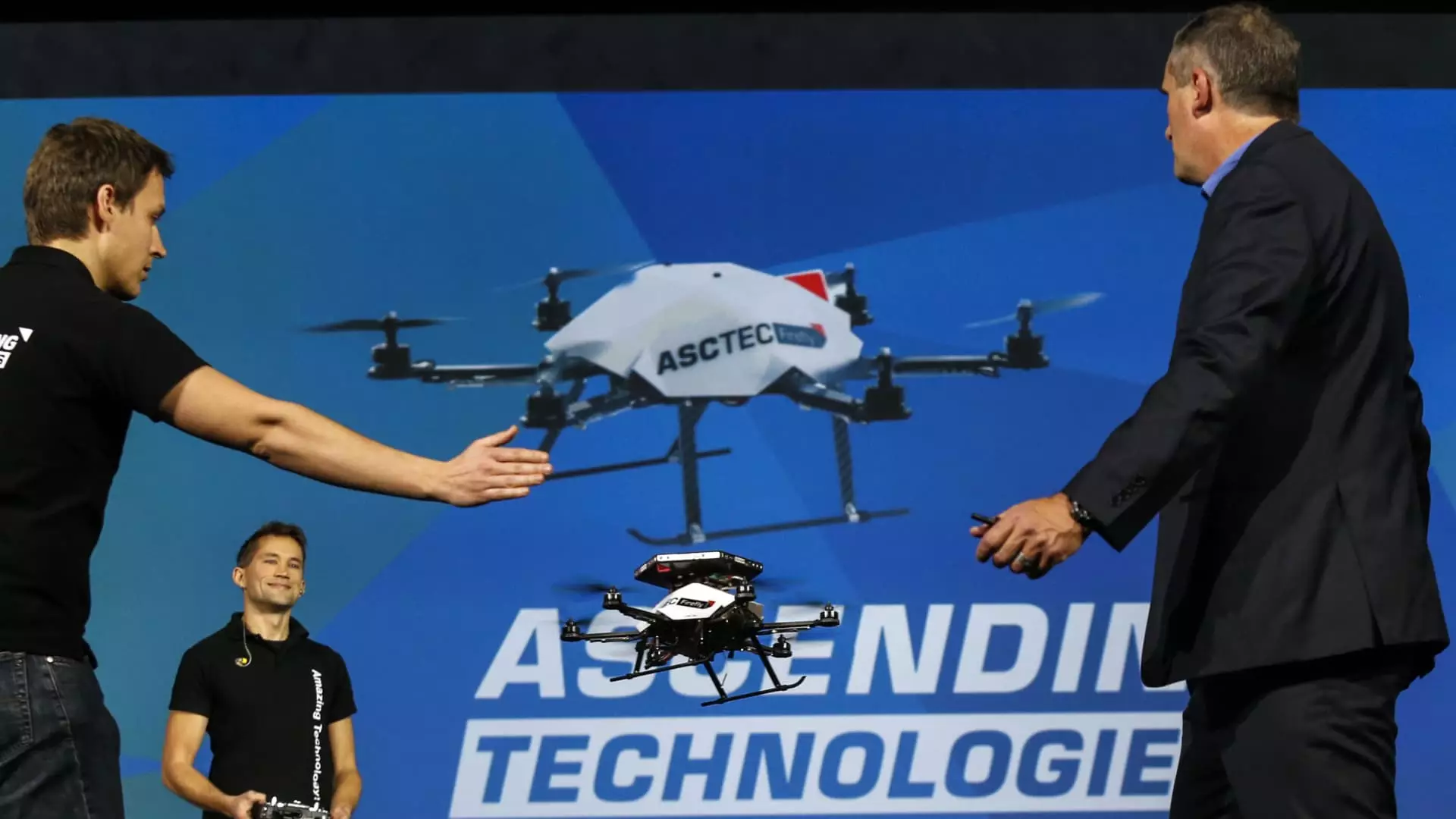Intel’s decision to spin out its AI robotics and biometric venture into a separate entity, named RealSense, may appear to be a strategic move driven by necessity rather than ambition. Yet, from a center-right liberal perspective that champions innovation balanced with cautious oversight, this move reveals a deeper tension. On one side, it signifies Intel’s acknowledgment of the rapidly evolving robotics and AI sector, recognizing that agility and external funding are essential to stay relevant. Conversely, it underscores the company’s waning confidence in its struggling core operations, prompting a divestment that raises questions about internal commitment versus opportunistic exits. While the injection of $50 million through Series A funding demonstrates optimism, it also signals an awareness that Intel’s own resources and focus are insufficient to lead this frontier alone.
The Significance of the Funding and Leadership
The move to secure investment from notable players like MediaTek Innovation Fund and Intel Capital indicates an understanding that industry giants must collaborate to accelerate advancement—especially when competition heats up. The appointment of Nadav Orbach, an executive with a track record in disruptive innovation, as CEO, aligns with this philosophy. It emphasizes an intent to foster agility and prioritize product development for increased safety and usability—values that resonate with a forward-looking, yet pragmatic, approach to technological progress. However, this focus on “physical AI” safety tools might also verge on overreach if not balanced by rigorous oversight, a concern that typifies a center-right stance wary of unchecked technological expansion that could threaten security or societal stability.
The Broader Market Implications
The looming landscape projects a future where automation and robotics are not just enterprise tools but dominant economic forces. Industry leaders such as Tesla, Amazon, and Nvidia see robotics as a game-changer—perhaps the most lucrative avenue after AI itself. This capital influx paints a picture of a sector ripe with potential yet riddled with risks: overinvestment, hype, and the peril of technological stagnation if giants get complacent. The market valuation targeting a $5 trillion trajectory by 2050, while ambitious, underscores the importance of prudence. Companies that rush headlong into these waters without strategic, measured investment could face pitfalls that threaten their long-term viability.
Will Intel’s Move Promote Sustainable Innovation?
Intel’s internal struggles—cost-cutting, leadership upheaval, and divestments—highlight the peril of trying to juggle legacy strength with disruptive growth. Spinning out RealSense may be a tactical retreat, but it is a calculated gamble to cultivate innovation on the fringes while reallocating core focus elsewhere. For center-right liberals who appreciate the power of free enterprise but emphasize responsible innovation, this approach offers a window into a future where market-driven progress is tempered by strategic oversight. Intel’s endeavor with RealSense might serve as a test case: if the new entity can carve a niche in safety-centric robotics and automation, it could fuel a sustainable wave of technological growth—one that benefits society without risking reckless overreach.

